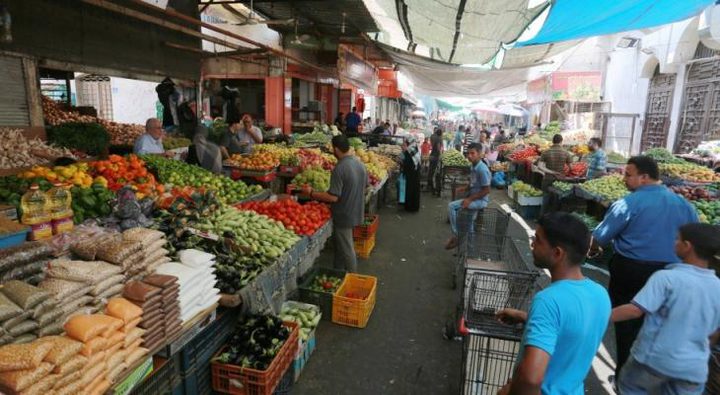An-Najah News - Palestine Monetary Authority (PMA) and the Palestinian Central Bureau of Statistics (PCBS) issued two reports on the economic forecasts for 2021 that are now available on PCBS and PMA websites. Accordingly, those reports forecasted the main indicators of the Palestinian economy for 2021 according to the baseline scenario that assumes the gradual recovery of the Palestinian economy to its level prior the health crisis of COVID- 19 pandemic. This recovery will be due to the availability of the COVID- 19 vaccine that will be provided in the very near future, in addition to the transferring of clearance revenues to the Palestinian government as regular as well as the stability in the political and economic situations. Hence, such assumptions were reflected on the economic indicators in the major sectors.
· Real Sector (Gross Domestic Product (GDP), population, labor statistics and prices). It is assumed that the consumption (private and public) and investment indicators will recover. This is in addition to the continuity in the sectoral strategies and clusters based development with focusing on the productive sectors, especially clean energy sector, and the technological innovation abiding by the government's economic policies related to the gradual economic detachment from the Israeli occupation economy. In addition, a relative improvement is anticipated in the levels of employment and local employment as well as the rising number of Palestinian employees inside Israel.
· Regarding the fiscal sector (revenues, expenditures and central government debt), it was assumed that the level of government revenues will rise compared to its level in 2020 in addition to an improvement that will occur in the government expenditure pace.
· As for the external sector (foreign trade and balance of payment), it was assumed that foreign trade indicators and the current transfers made to the private sector will recover.
· As for the monetary sector (credit facilities, deposits and interest value), it was assumed that the levels of credit facilities provided to the private sector to support development projects will improve.
According to these assumptions, economic forecasts indicate that there will a possibility for achieving a real growth during 2021 based on the baseline scenario with a percentage ranging between 6% and 7%. Such growth shall lead to an anticipated improvement in the level of individual income of about 4%. Also, the forecasts indicate that this performance will be driven by the recovery of the total consumption expenditure with a percentage ranging between 3% and 5% with an improvement in the investments growth pace to 20%. Accordingly, this performance will also affect the external sector, where exports are anticipated to grow at a percentage ranging between 4% to 8%. This is in addition to a rapid growth in imports at a percentage ranging between 5% and 8%. Nonetheless, it is also expected that the economic improvement will positively, but slightly, affect unemployment rates, so that the unemployment rate decreases only one point in this scenario.
Furthermore, such forecasts are subject to some potential, especially that the Palestinian economy is working in an environment surrounded by great risks, dangers and uncertainty, in addition to all other implications and reflections on the overall economic activity. There is a new emerging crisis each year or a previous crisis continues, whether at the political level or at the economic level. In light of such reality, the forecasts included an analysis of potential risks at different degrees (optimistic scenario and pessimistic scenario) which are anticipated to have positive or negative impacts on the economic performance in the near future.






